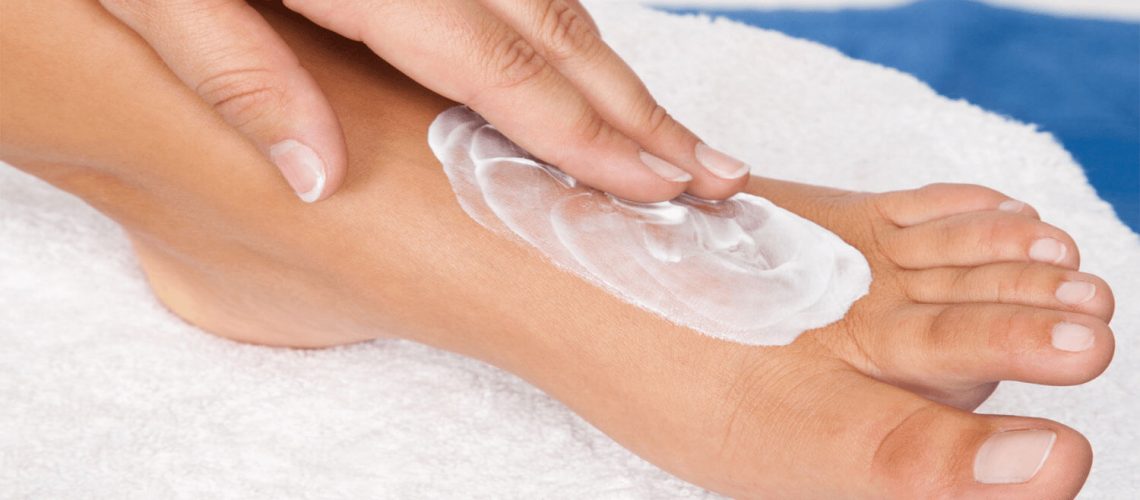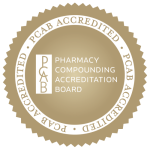A podiatry practice that is committed to providing compassionate and complete care to its patients must place a large emphasis on pain management. As pain comes in so many forms, managing it can be simple or complex depending on the cause. One of the most commonly seen forms of pain in a podiatry practice is heel pain. There are many causes for heel pain – the most common one being plantar fasciitis, which is many times the result of a heel spur.
Heel pain can also be a consequence of heel bursitis, chronic inflammation of the heel pad, tarsal tunnel syndrome, etc.
The treatment for heel pain must take into consideration the cause, the duration, the intensity and any other unique factors related to the patient – age, other medical conditions, and allergies. Two major categories of therapeutic approaches are part of the treatment plan for most patients:
- Non-pharmacological – this may consist of physical therapy, athletic taping, orthotics, etc.
- Pharmacological – NSAID’s in oral dosage forms are the mainstream treatment. If the pain is chronic, this can be challenging for the patient, due to the many unpleasant side effects of oral anti-inflammatory medications. Corticosteroid injections at the site of the pain are another option that can provide pain relief for a longer time.
- As a last resort is the interventional therapeutic approach –surgery. It will provide relief from pain for a long time. However, for many patients the pain may reoccur in the future.
Pharmaceutical compounding can enhance the podiatry practice by helping the practitioner offer wider pharmacological treatment options to their patients with heel pain.
Pharmaceutical compounding allows the podiatrist to prescribe customized pain medication specific to the type of pain, in this case – heel pain. The podiatrist can:
- select form a wide range of NSAID active pharmaceutical ingredients (API’s)
- combine them as necessary
- in the exact strength needed for each API
- incorporate them in a specially designed base to allow penetration of the API’s to the site of pain
The compounded heel pain medication, in a transdermal administration form, formulated based on the patient’s needs, will provide the patient a more convenient way to take the medication and improve the compliance.
Below are just two examples of the many compounded heel pain formulations:
- Ketoprofen 10%/Ibuprofen 10%/Lidocaine 5%/Piroxicam 2%/Cyclobenzaprine 2% Transdermal cream
- Ketamine 10%/Gabapentin 6%/Tizanidine 0.2%/Nifedipine 2% Transdermal cream
As it is easy to imagine, the possibilities are virtually limitless. To get yourself comfortable offering these customized treatment options to your patients, the most important step is connecting to a reliable compounding pharmacy that can guide you in the process.
Select HALDEY Pharmaceutical Compounding and allow any of our experienced compounding pharmacists be your trusted guide in helping you with customized treatment solutions for your patients.
Call us today to learn more about compounding for podiatry.
References:
J Pharm Sci. 2007 Mar;96(3):595-602. Transdermal delivery of nonsteroidal anti-inflammatory drugs mediated by polyamidoamine (PAMAM) dendrimers. Cheng Y1, Man N, Xu T, Fu R, Wang X, Wang X, Wen L.
Br J Clin Pract. 1995 Jan-Feb;49(1):33-5. Transdermal non-steroidal anti-inflammatory agents. Grahame R1.
Efficacy and safety of topical NSAIDs in the management of osteoarthritis: Evidence from real-life setting trials and surveys Author links open overlay panel François Rannou MD, PhD Jean- Pierre Pelletier MD, Johanne Martel-Pelletier PhDb
Compounded Drug Delivery for Analagesia, and Inflammation. Michele Koukhab, Doctor of Pharmacy Program USC School of Pharmacy
Pain Management Therapy: The Benefits of Compounded Transdermal Pain Medication Andrea Branvold* and Maria Carvalho
Harirforoosh S, Asghar W, Jamali F (2013) Adverse effects of nonsteroidal anti-inflammatory drugs: an update of gastrointestinal, cardiovascular, and renal complications. J Pharm Pharm Sci 16: 821-847.
Dworkin RH, O’Connor AB, Audette J, Baron R, Gourlay GK, et al. (2010) Recommendations for the pharmacological management of neuropathic pain: an overview and literature update. Mayo Clin Proc. 85: S3-S14.




